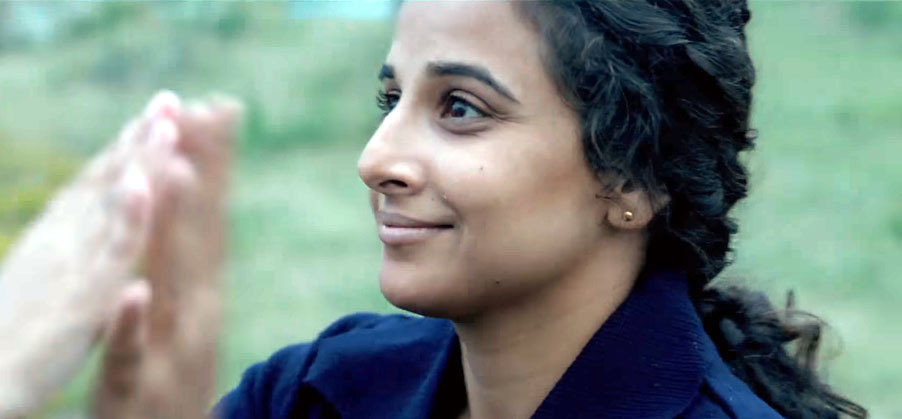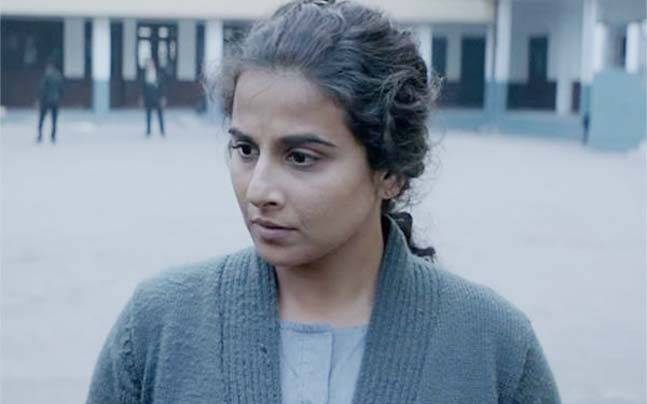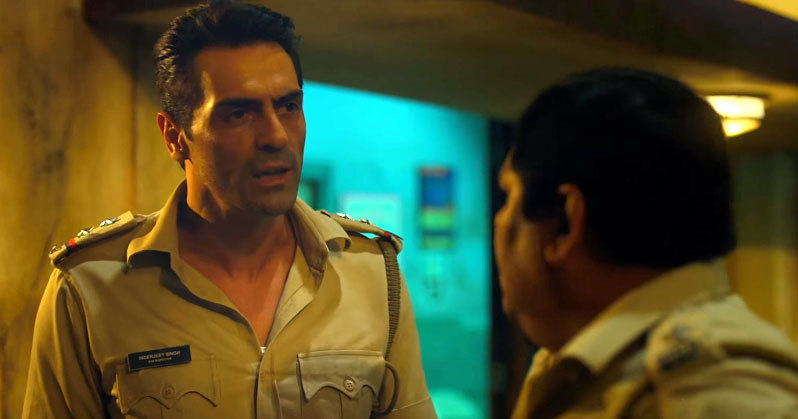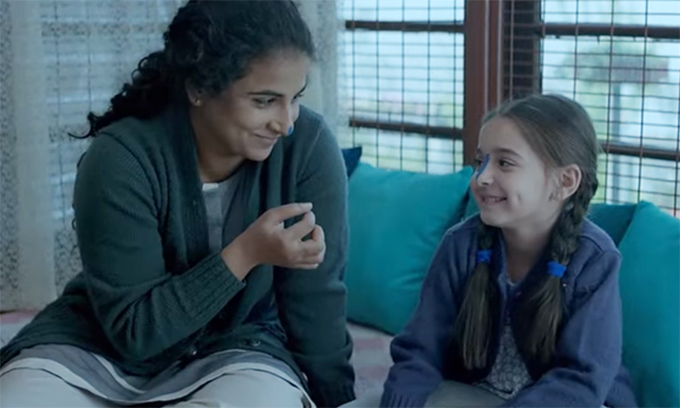This could well be Bollywood’s theme song because even a film named after a female protagonist and marketed by the female actor who we see emblazoned on every poster, needs to ultimately be propelled forward by a male actor. With the male actor emerging as the hero who saves the day finally.
Thankfully, the said hero is the absolutely stunning Arjun Rampal – the vision of whom dulls the pain of knowing that Bollywood just doesn’t believe that a woman or women can carry a film on their shoulders. A few months back, Amitabh Bachchan played The Great Male Hope in a film about women, Pink. This time around, it’s Sujoy Ghosh’s Kahaani 2 – Durga Rani Singh.

Kahaani 2 is not a follow-up to Kahaani. The only ties that bind the two are the fact that Vidya Balan and West Bengal play starring roles in both films. Now I had high hopes for Kahaani 2, going by the cracker of a film that Kahaani had been with its nuanced screenplay, twists and turns and by the fact that it was a film resting firmly on Vidya Balan’s shoulders. Never had Kolkata held so much character and played such a key role in the storytelling since Mahanagar and Mani Ratnam’s Yuva.
This time around instead of setting the film in Kolkata, Ghosh has moved out to the smaller towns near Kolkata. We go to the French outpost of Chandannagore with its quaint little boulevards and bridges, and then to hilly Kalimpong and finally stop by at dirty, grimy Kolkata.
The film begins with a harrowed and very frumpy Vidya Balan playing Vidya Sinha, going to work in what seems to be a government office and coordinating her nanny for her wheelchair-bound daughter, Mini, who is at home. Within 15 minutes of the film, Mini has gone missing and Balan finds out that Balan supposedly called the nanny and asked her not to come home.
Balan then receives a picture of Mini tied up and is informed by a male voice to come and meet the person if she wants to save Mini. Balan runs out of the house, only to get hit by a yellow Ambassador taxi, which lands her in the Chandannagore police station hospital.

Enter Arjun Rampal playing Indrajit Singh, the most good looking cop to ever enter a police station or a home in Bengal. After this willing suspension of disbelief, Rampal takes a look at the comatose purple-faced Vidya Sinha and says “Durga”. You see Vidya Sinha is actually Durga Rani Singh, who was once married to Rampal’s Indrajit Singh. At the same time, we are also informed that Durga Rani Singh is a wanted criminal for murder and kidnapping of a young girl.
Rampal never mentions to the fact that he recognises Balan as his ex-wife to his seniors or to his wife, who he is shown as having an extremely equal and frank relationship with. No one knows that he was ever married before. Despite a Wanted notice being out, the cops do not recognise Balan as Durga Rani Singh because she has an oxygen mask on her face!
Rampal upon being called in for the hit-and-run case and upon recognising Balan as his ex-wife, then searches Balan’s house and finds a diary in which Balan has written her journey from Durga Rani Singh to Vidya Sinha down. And described how she has come to live with the girl called Mini, who she refers to as her daughter.

For the sake of not ruining the little sensible suspense in the film, I’m not going to give away the twists. Suffice it to say, the film deals with child sexual abuse, betrayal and revenge. The first half of the film, where the characters are being introduced is frankly quite gripping. Like in all good and bad Hindi films, it’s the Intermission after which things fall apart.
Suddenly, characters which seemed to be getting fleshed out properly lose their depth and nuance. There is no explanation for the motivations of any of the key characters. Plot twists and turns lose all semblance of logic, and Arjun Rampal emerges as the hero. Jugal Hansraj may also have managed to land his most impressive acting role post-Masoom. His casting is quite the masterstroke. As is Tota Roy Choudhury as Balan’s silent pining love interest. Embodying all that is wrong with Bengali men as paramours. Balan acts well, as we all expect her to.
What jars most is the way the subject of child sex abuse is tackled in the film. Please do not follow Balan’s character’s way of getting a child to admit that she is being abused. Only disastrous consequences will follow. Do not sidle up to a child and mention how you an adult have been sexually abused. That constitutes abuse as well. Also, why is it that Hindi films feel it unnecessary to show what a person does as a profession? We have no clue what Vidya Sinha’s job is and how she makes money.

Ghosh as usual gets his depiction of Bengalis spot on – from our diction to our mannerisms to our police stations and homes. For a Bengali, it’s like a little trip back home. There are poignant moments when we see ATMs which work and piles of Rs 500 notes. It reminds you of a simpler and better time.
Sadly, I can’t say the same for Kahaani 2. You do wish that Ghosh had thought through his plot twists and his character development – and that he had given us a female protagonist as the main character. Especially since Balan seems like a Bionic Woman who can run, jump, scream and shout despite having just gotten out of a coma with a bleeding stomach wound and a purple bruise which seems to grow worse by the day.
Watch the film, for the first half. And watch the second half just to see Rampal take off his police vardi and flash us some fabulous pectorals.
You can hear the Awesome & Awful podcast review of Kahaani 2 by film critic Deepanjana Pal & Rajyasree Sen, here.
Watch the trailer here

















